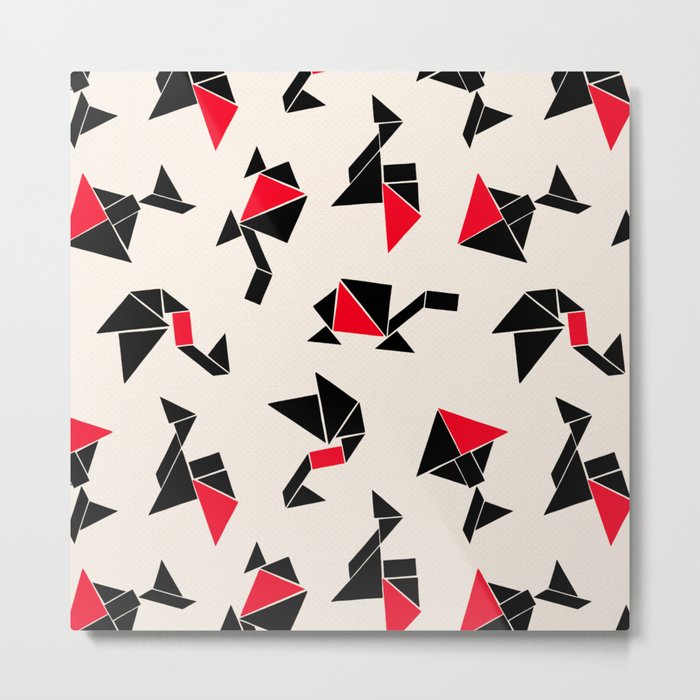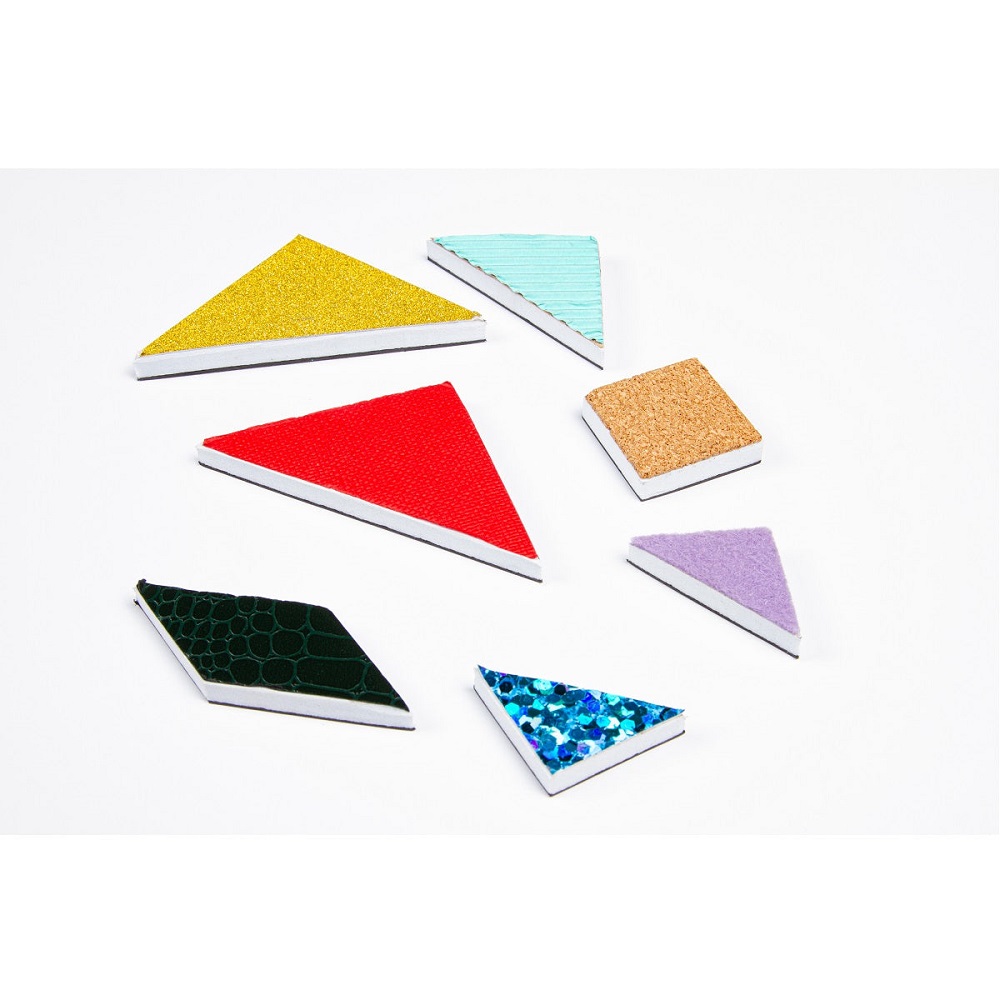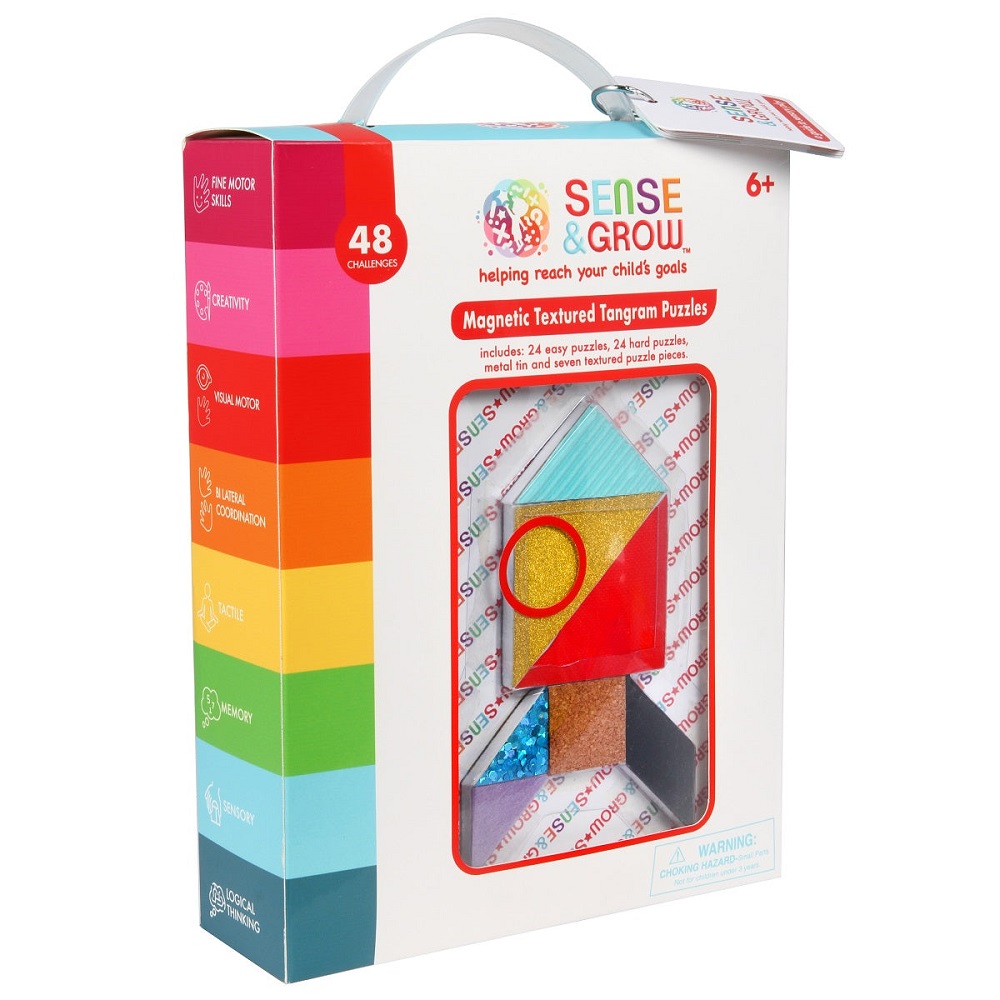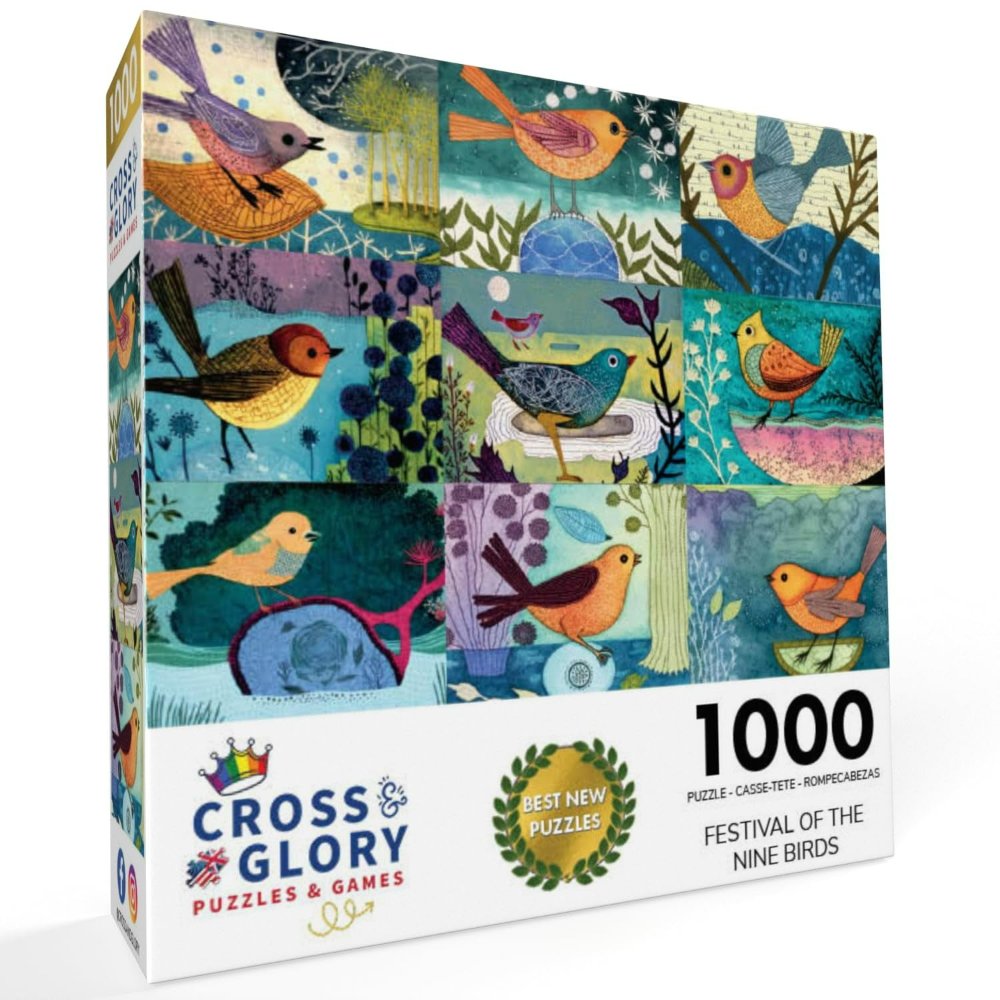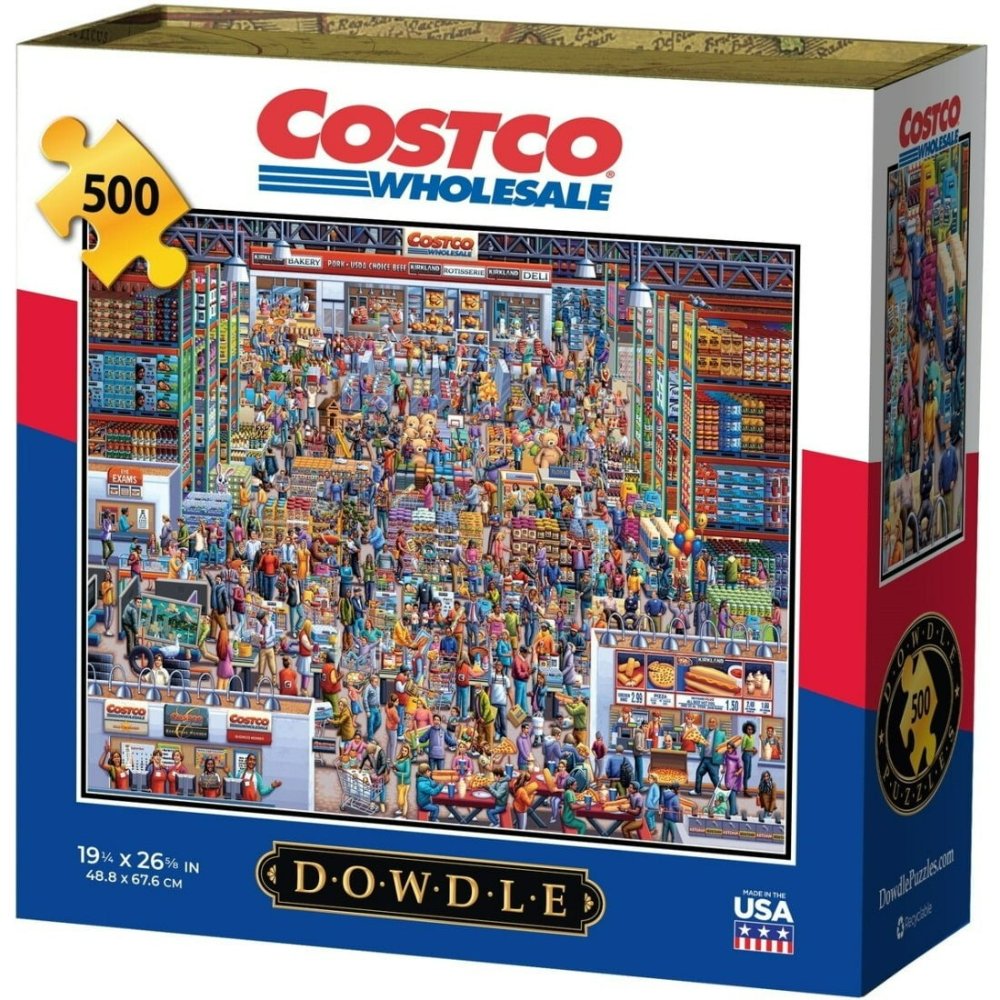Tangrams are ancient Chinese puzzles made from seven geometric pieces called tans. You can use these pieces to create various shapes and figures, including animals, people, and objects. The goal is to form a particular shape without overlapping the pieces. This puzzle has captivated people of all ages for centuries. In this article, we will explore the fascinating world of tangram animals. We will discuss their history, the different types, and how they can benefit your brain. We will also look into some fun activities you can do with tangram animals.
The History of Tangrams
A Journey Through Time
Tangrams originated in China during the Song Dynasty, which lasted from 960 to 1279 AD. The exact origins of tangrams are quite unclear, but they likely evolved from a traditional Chinese game. Early Chinese families often used puzzles to teach children logic and reasoning skills. Later, in the 19th century, tangrams made their way to the West. They were introduced in Europe and America, quickly becoming a popular pastime.
Cultural Significance
Tangrams hold a special place in Chinese culture. They are more than just a game; they represent creativity, patience, and the power of imagination. These qualities are highly valued in Chinese society. Families often gathered around a table to solve tangram puzzles as a way to bond. The game also serves as a medium for storytelling. Each tangram animal can have its own story, adding layers of meaning to the shapes you create.
Modern-Day Popularity
Today, tangrams continue to thrive. You can find them in classrooms, homes, and online platforms. Many educators use tangrams to teach geometry and critical thinking. In recent years, apps and digital platforms have emerged, allowing people to interact with tangrams in novel ways. These modern adaptations keep the spirit of tangrams alive, attracting new generations of puzzle enthusiasts.
Types of Tangram Animals
Diverse Creatures
Tangram animals come in many shapes and forms. At first glance, they may seem simple, but the variety you can create is astounding. Basic animals include simple shapes like cats, dogs, and birds. However, you can also craft more complex creatures like elephants and dragons using multiple pieces. Each design requires different configurations of the seven tans.
Complexity Levels
When you think about tangram animals, it’s essential to consider complexity. Beginners can start with straightforward shapes, like a rabbit or a fish. These animal designs typically use fewer pieces and simpler angles. As you gain experience, you can tackle more intricate forms. Advanced designs may include multiple animals or even scenes depicting wildlife. This escalating complexity challenges your mind and keeps you engaged.
Customization
You can customize tangram animals to make your creations unique. You might use different colors or add patterns to the tans. Some people create stylized versions of classic animals. For example, you might design a colorful peacock or a majestic lion with exaggerated features. The possibilities are endless, allowing for personal expression.
Benefits of Tangram Animals
Cognitive Development
Tangram puzzles are great for your brain. They enhance cognitive skills like problem-solving, spatial awareness, and critical thinking. When you manipulate the tangs to form animals, you engage various mental processes. You must visualize different combinations and think critically about how each piece can fit together.
Social Interaction
Tangram animals are also excellent for social interaction. They encourage teamwork and communication. Whether you play alone or with friends, these puzzles can spark conversations. Working together to solve a tangram can promote collaboration. You might find yourself discussing strategies and sharing tips with others.
Stress Relief
Another benefit of tangram puzzles is their ability to relieve stress. Engaging in a tangram activity lets you focus your mind. This focus helps distract you from daily worries and anxieties. The simple act of placing pieces together can be meditative. Many people find that working on tangrams helps create a quieter mind.
Fun Activities with Tangram Animals
Classroom Activities
Tangram animals can be a fun and educational activity in classrooms. Teachers often use them to teach different subjects, including math and art. You can incorporate tangram puzzles into math lessons by asking students to calculate the area of each piece. This activity blends geometry with creative thinking.
Team Challenges
Another exciting way to enjoy tangram animals is through team challenges. Divide participants into small groups and give each group a set of tangram pieces. Set a timer and ask them to create specific animals or shapes. This competitive element adds excitement and encourages teamwork. The group with the most creative designs wins a small prize.
Art Projects
You can combine tangram animals with art projects for a fun twist. Students can first create tangrams and then use them to produce a larger mural. This allows for creativity beyond just solving the puzzle. You can have everyone design an animal, and then arrange the individual pieces to create a collective display.
Online Tangram Resources
Apps and Websites
In today’s digital age, many online resources simplify tangram exploration. Numerous apps and websites offer virtual tangrams, making the activity accessible anywhere. These platforms often include tutorials and challenges for players of all levels.
Community and Social Media
Many social media platforms have communities dedicated to tangrams. You can find tutorials, share your creations, or seek inspiration from other enthusiasts. This virtual interaction enhances your experience. You can learn new tips and tricks, as well as discover unique designs shared by others.
Challenges and Competitions
Some online communities host tangram challenges and competitions. You can participate by submitting your unique animal designs or taking part in timed puzzles. This adds a fun element to your tangram experience and allows you to showcase your skills.
The Therapeutic Uses of Tangrams
Art Therapy
Tangrams can also play a role in art therapy. Many therapists use puzzles to help clients express their feelings creatively. The simple shapes allow individuals to work through emotions without the pressure of a complicated task. People of all ages can benefit from this approach.
Cognitive Therapy
In cognitive therapy, tangrams can be used as a tool to improve mental agility. Therapists can employ tangram puzzles to challenge patients. Completing these puzzles helps boost confidence and mental resilience. This approach is particularly effective for individuals recovering from brain injuries.
Mindfulness
Finally, engaging in tangram activities promotes mindfulness. The focus required to solve a tangram allows individuals to connect with the present moment. By concentrating on the puzzle, you can disconnect from stressors and embrace tranquility. This mindfulness aspect is beneficial for emotional well-being.
Cultural Variations of Tangrams
International Interpretations
While tangrams have their roots in China, similar puzzles exist worldwide. Each culture adds its twist, resulting in a variety of geometric games that share the same essence. For instance, in Japan, “tangram” is known as “tangramu” and has its own set of traditional shapes and puzzles.
Learning Through Differences
Exploring the variations of tangram puzzles can be an enlightening experience. You can learn how different cultures interpret shapes and forms. This can open discussions about creativity and expression around the globe. Understanding these differences enriches your tangram experience.
Community Engagement
Engaging with different cultural tangrams can foster community involvement. Organizing events that celebrate these variations can help bring people together. Community members can share their experiences and even swap tangram designs, promoting unity through a shared love for puzzles.
Tangram Animals in Education
Educational Tools
Schools can use tangram animals as effective educational tools. They provide a hands-on approach to learning while making classes more enjoyable. Teachers can incorporate tangrams into lessons on geometry, math, and art.
Skill Building
Using tangrams helps build multiple skills, including fine motor skills and hand-eye coordination. This is especially beneficial for younger children. Working with tactile pieces engages multiple areas of the brain, enhancing cognitive development.
Integration into Curriculum
Transforming tangrams into a curriculum component can make learning exciting. Teachers can introduce animals at various grade levels, tailoring the complexity to each age group. This approach keeps students excited about learning while retaining educational value.
Future of Tangram Animals
Evolving Designs
As technology evolves, so do the designs of tangram animals. New materials and techniques are emerging. For instance, 3D printing allows for unique tangram designs that were previously impossible. You can explore printed three-dimensional shapes, adding depth to the classic two-dimensional pieces.
Global Collaborations
Future collaborations between cultures can enhance tangram experiences. Artists and educators can work together to share ideas. This collaboration can lead to new shapes and designs that incorporate global perspectives.
Tangram Communities
Community initiatives focused on tangrams are gaining momentum. These can include workshops, meetup groups, or festivals dedicated to puzzles. These events foster a passion for tangrams and cultivate creativity.
Conclusion: The Timeless Charm of Tangram Animals
Tangram animals continue to enchant people of all ages. The history, variety, and educational value make them special. Whether you are a beginner or an expert, tangrams challenge your mind and serve as a creative outlet. They are not just puzzles; they are tools for bonding, learning, and expressing yourself.
As we look to the future, the possibilities for tangram animals are limitless. With new technologies, cultural exchanges, and community initiatives, tangrams will continue to adapt and thrive. Embrace the challenge, unleash your creativity, and let tangram animals enhance your life.
